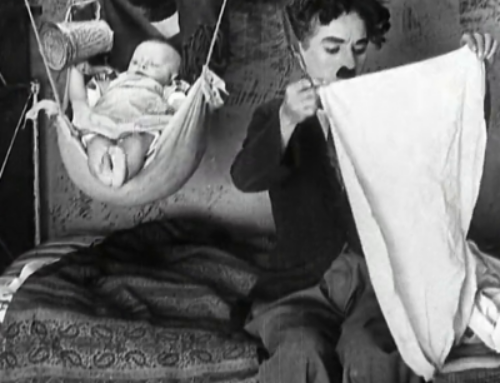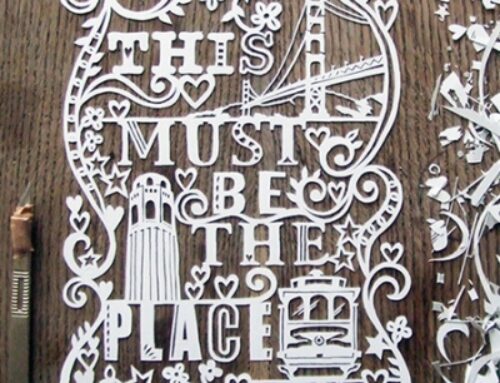Landscape was celebrated on March 14, with many initiatives, but in particular by rewarding in Rome those who have designed and those who have managed the most interesting initiatives in recent years, almost always at low cost and high participation. People who constitute an extraordinary, widespread and unexpected resource that should be avoided to be dispersed.
The tenacity of Ilaria Borletti and the handful of Mibact’s landscape team has produced, against all odds, an interesting event. Landscape Day, instituted this year and celebrated throughout Italy with 140 events, a testament to the vitality of the Superintendencies and the territory, was marked in Rome by cheerful people and an operational flair that bodes well.
One reads a message from Mattarella that is worth those of Francis: he says things we should all know, but we pretend they are news.
A landscape no longer understood as the list of assets to be preserved, but the outcome of a continuous creative process, of adaptation and transformation of the territories, in the countryside as in the cities…it is necessary to spread a conception of the landscape as an essential asset and value not only cultural but civil and economic, capable of influencing the quality of individual life and social welfare…..to protect and promote the landscape as a common good, it is necessary to start again from a punctual action of planning policies and management choices, based on the interaction between the State and territorial levels and on a careful ability to listen to local communities. It is precisely the tragic events related to the earthquake emergency of the past months that suggest starting again from the places, even those most affected, in order to give them new form and vigor with the active participation of the affected populations and with respect for the environmental and cultural characteristics of the territory.
The message bypasses the political and bureaucratic universe, of those who “the landscape cannot be eaten” and those who “I am interested in preserving the landscape of excellence” and “ancient walls must be rebuilt, should it take you 20 years” and lands on the audience of those who “the landscape is us who give ourselves to a shared and lasting sense of good.”
The focus of the Day was the Italian Landscape Prize, awarded for the first time to those selected as Italian candidates for the European Prize, which the Council of Europe awards every two years and is now in its fifth year. It is a good practice that distinguishes Italy: we are the only ones to select candidates for the Prize with a public call for entries, as publicized as possible, which gathers 50-100 entries each year. While other countries have carried out an internal, non-transparent and poorly publicized selection procedure, in Italy more than 300 entities, including public or private, have been mobilized in 10 years, urged to exhibit in an important showcase interventions that meet European criteria: not only physical qualification of places, but also awareness-raising, training, promotion of the territorial dimension of human rights and democracy.
Today we can draw a first balance of the trends that the Italian selections to the Prize have been able to sustain, almost outlining a “style,” an innovative approach to landscape as a system of sociocultural relations, with a lot of participation and reduced physical interventions, committed but light, devoid of any trappings.
Integrated, long-winded, low-cost projects were nominated, made up of discoveries of lost resources and continuous inventions, such as the Paduli Park, in the last Salento (2015), or initiatives to revive farms seized from the Mafia, such as that of the Libera Cooperative in the Corleone area (2013). These are choices that positively astonished the European Prize committee, where the top Italian candidate was always selected, and above all, the specificity of the Italian contribution to the Prize was highlighted: dedicated to the redemption of peripheral territories and underutilized resources, culturally and politically engaged, powerful in crescendo, in the medium to long term.
This year’s choices do not disappoint expectations: the Prize is awarded to Agri Gentium, a complex program of activities that enliven the Valley of the Temples in Agrigento, coordinated by Parello, director of the Archaeological Park, with which numerous other parties collaborate. Around the central theme of archaeology, declined as an engine of participation and training (with the involvement of schools, experimental sites etc.) revolve initiatives to enhance rural areas (from the FAI that recovered the “gardens” of Kolymbethra, to the social gardens assigned in concession on state-owned parts not engaged in archaeological sites) and other social practices that connect the Archaeological Park to the city, overcoming decades of antagonism and controversy between the entities.
The special mentions are also up to par: Step (School for the Government of the Territory and Landscape of the Province of Trento) is singled out for its 10-year strategy of accompanying the Provincial Urban Plan, to which the School itself is dedicated, which has brought the themes of landscape and land management to the desks of all students and to the technigraphs of all technicians in the Province, with work that is also highly innovative from a methodological and didactic point of view (such as the promotion of an Alpine Landscape Prize that saw 80 participants last fall and the victory in one of the sectors, as it happens, of Ostana).
For the North Milan Park, a sort of lifetime achievement award: an environmental recovery operation that has lasted more than 40 years conducted by six municipalities united to reclaim and green the free and liberated remnants of the metropolitan industrial periphery (starting with a disused Breda area), now turned into forest and lowland lakes.
Finally, an acknowledgement to Ostana, a municipality in the upper Po Valley, which a stubborn mayor has rallied from decline and abandonment by bringing new birth and activity back in twenty years to the now deserted hamlets, now largely reclaimed by a new community of “returnees” and new inhabitants, who consciously choose those places and then intervene on the buildings and common space in ways that are contemporary but sober and respectful of traditional features.
In addition, of the nearly one hundred participants, 14 other projects were highlighted for thematic aspects, for the fight against squatting, experiments in the relationship between landscape and contemporary art, environmental effects related to those of the cultural landscape, and contributions to the sustainability of local development and new models of management of enterprises of common interest.
In short, an intensely proactive picture was sketched on March 14, noting widespread realities in the area, deserving of a kind of goodwill award, the “stubborn and contrary” holding of projects in difficult times. In a couple of technical roundtables in the morning, we emphasized both the potential of the Prize as an observatory of widespread capacities in the territory, and the serene and strong climate among operational subjects, among people who have succeeded in realizing, at least in part, a design of collective utility. But we have also highlighted the unique, unrenounceable opportunity, the responsibility of those with central roles to put these intelligences and wills into circulation, to foster networks, management synergies among peripheral subjects, to alleviate their isolation, the fatigue of playing all the parts. This is the same admonition that concluded the National Conference of UNESCO Sites last November (where many of the participants were also present at the Landscape Award, starting with the winner, the Agrigento Park, which also commendably manages the UNESCO site), where the demand was to circulate good practices, to overcome bureaucracies in the light of real situations, to strengthen relations with the operators in the territory.
From the territory we now have widespread demonstrations of a style of intervention and presence that combines resilience with innovation, management skills and planning for the landscape, but past Landscape Day we will forget about them, allocating smaller and smaller crumbs of local or central public budgets, less and less attention in the media, increasingly poor relational capacity. It is time to make a map, to provide a secretariat that fosters interchanges, to give public credit to those who every day is Landscape Day.




